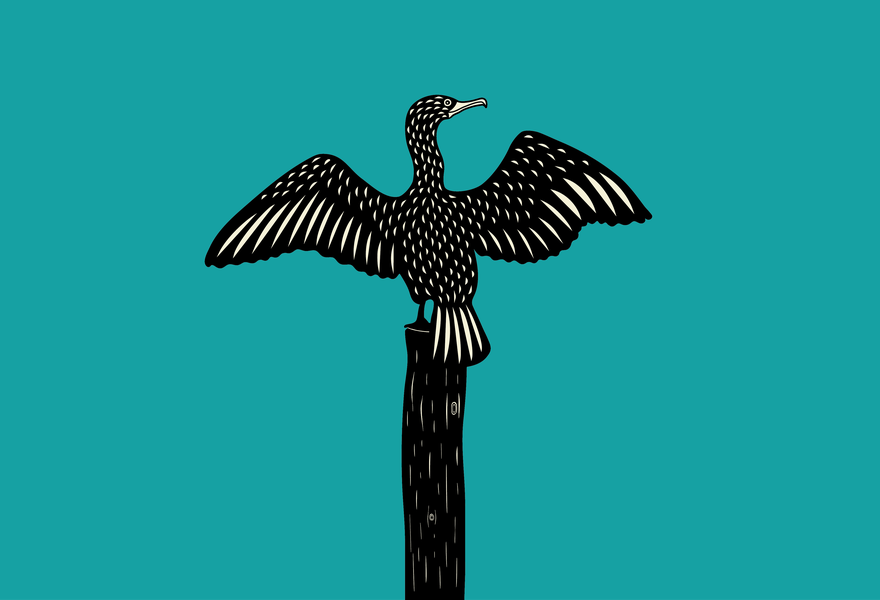About
The gravitational physics landscape has been evolving rapidly, driven in good part by our ability to study strong-field regions, in particular black holes, with gravitational waves. Gravitational-wave astronomy will celebrate a decade of existence in 2025, and with it we celebrate a revolution in physics. The Scandinavian community has been producing exciting results in the field and will meet for the 5th Meeting on Gravitational Wave Science in Scandinavia. This is a meeting in a series which started in 2019:
- Aarhus University, Jan 30 (2019, organiser: Thomas Tauris)
- NBI, Jan 31 (2020, organiser: Johan Samsing)
- Aalborg University, Jan 18-19 (2023, organiser: Thomas Tauris)
- University of Stavanger, May 23-24 (2024, organiser: Alex Nielsen)
The 2025 meeting is organized by the Niels Bohr Institute May 15-16 2025. This will be an in-person meeting only, with no online participation possible.
The conference venue is located at
The University of Copenhagen South Campus
Emil Holms Kanal 6
2300 Copenhagen S
Auditorium: 23.0.49
The Niels Bohr Institute carries an important legacy in physics and is one of the leading institute in theoretical and experimental physics. Copenhagen is a very enjoyable and beautiful city, and as the capital of Denmark has plenty of wonderful things to do and is easy to reach. and we would be thrilled to organize a small historical tour of the institute. The entire Nordic region has plenty to offer and is a remarkable place for summer vacations.
Code of Conduct: This meeting aims to provide a safe and comfortable environment for scientific interactions. All participants are bound to the Niels Bohr Institute Code of Conduct.
Scientific organizing committee
Vitor Cardoso, Rico Lo, Johan Samsing, Thomas Tauris, Darach Watson.
Local organizing committee
Vitor Cardoso, Julie de Molade, Rico Lo.
For questions concerning this event, please contact Coordinator Julie de Molade (julie.demolade@nbi.ku.dk)
Illustration and design
Ana Carvalho
Web development
João Vasconcelos
About our mascot
Once persecuted and near extinction, the Great Cormorant (Phalacrocorax carbo) returned to Denmark in the late 1930’s and was granted protected status in 1972. With some yearly exceptions, its population has steadily increased not only in Denmark but in all Nordic countries.
According to the “Danish Bird Migration Atlas”, the majority of Danish Great Cormorants migrate south in the Fall. During Winter, they can be found all over the Mediterranean and beyond, from Rome to Athens, from Casablanca to the Lisbon area.
They return to Denmark at the start of Spring. In Copenhagen, they can be seen throughout the city, wings spread wide, drying their feathers between fishing dives.
One notorious colony in the city is located not far from the Niels Bohr Institute, right in the middle of Sortedam Lake.
